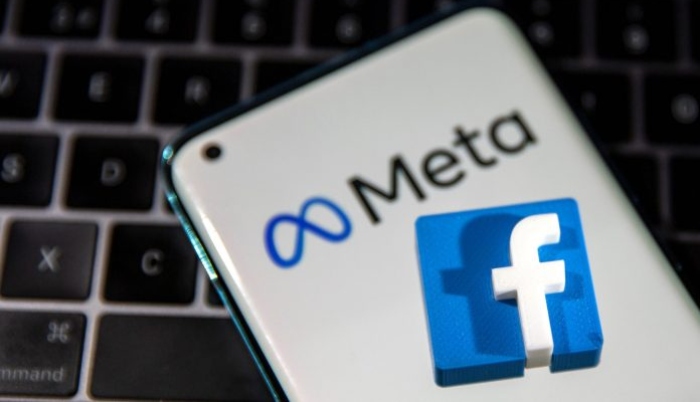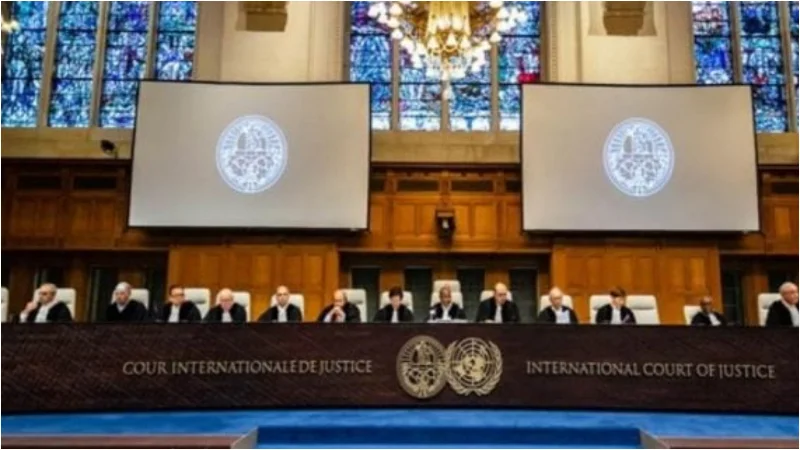On Wednesday, Meta Platforms, the parent company of Facebook, gave a first peek at its first physical store, which includes a floor-to-ceiling screen for demoing games on its virtual reality headsets and spaces for testing video-calling gadgets.
The store, which will debut on May 9, will be located in Burlingame, California, inside Meta’s Reality Labs headquarters. Ray-Ban smart glasses, Portal video-calling devices, and Oculus VR headsets are among the hardware products that the corporation hopes to offer there.
The store’s design, which features blonde wood and simple furnishings, is reminiscent of Apple’s retail store design from more than two decades ago.
The Meta shop represents a speculative future business for the world’s largest social media firm, which has spent substantially in virtual and augmented reality in a bid to build the “metaverse,” a word for immersive, shared virtual worlds, a reality.
The metaverse, according to Facebook CEO Mark Zuckerberg, might be the world’s next big computing platform, but he has warned that the company’s bets could take a decade to pay off.
Meanwhile, Meta is reducing some of its long-term investments as growth slows and the company remains almost totally reliant on digital advertising for revenue.
[embedpost slug=”moviemaking-meets-metaverse-in-hollywood-north/”]
Meta is aggressively pitching its hardware gadgets to businesses, in addition to offering them to consumers. It demonstrated conference calls that can include a mix of virtual reality avatars and regular video calling at the store.
According to Micah Collins, a director of product management focusing on corporate tools, the company is experimenting with augmented reality technology that would allow users to join conferences as avatars via Portal without wearing headsets.
The enterprise metaverse business is still in its infancy, according to Collins, and most use of Horizon Workrooms, the VR conferencing tool, comes from within Meta, according to a spokesman.
Nonetheless, Collins stated that the corporation sees potential.
Although many items are still in the early stages of development and are unfamiliar to consumers, “there’s enough there that’s giving.”




















